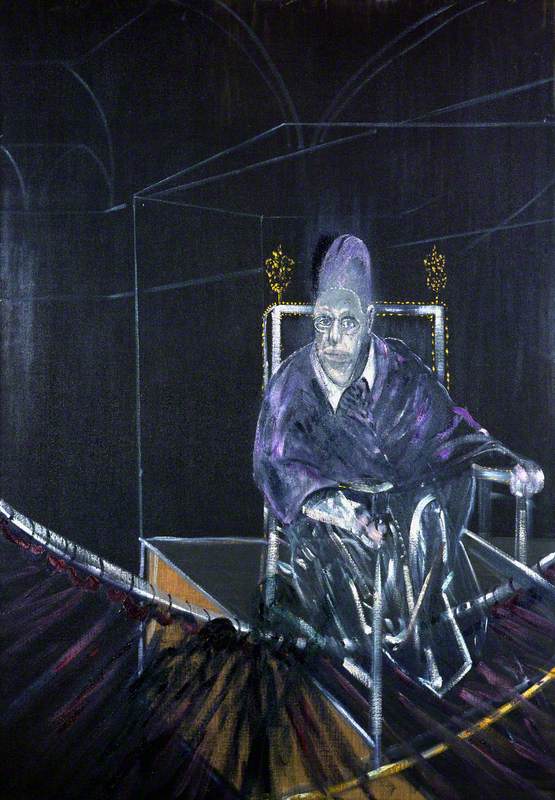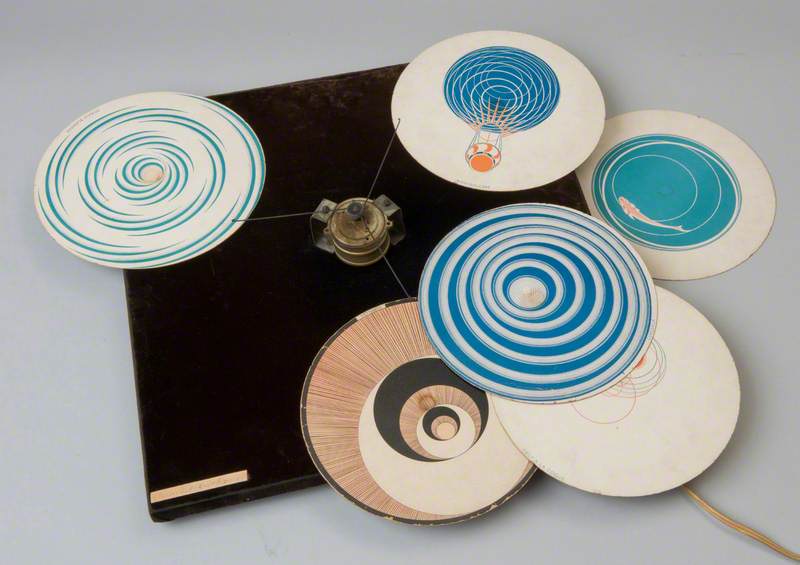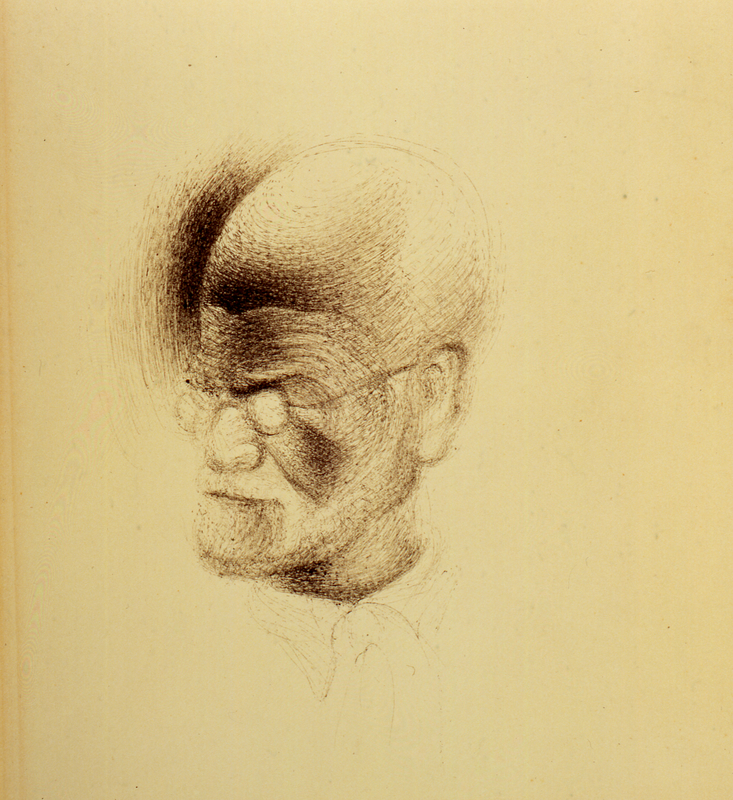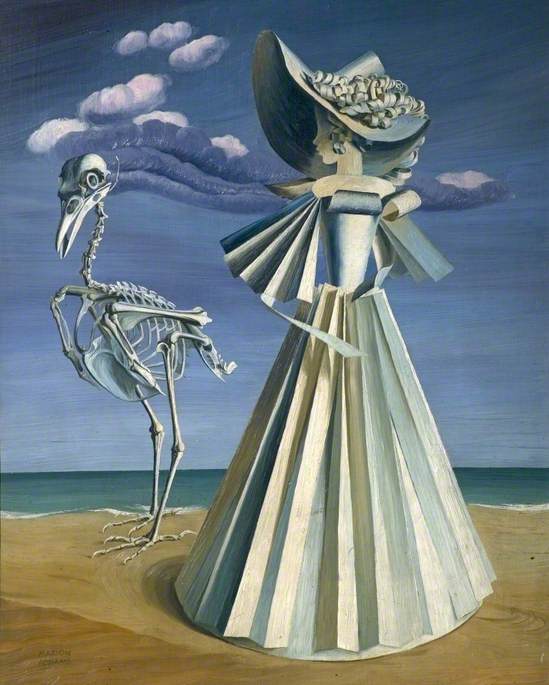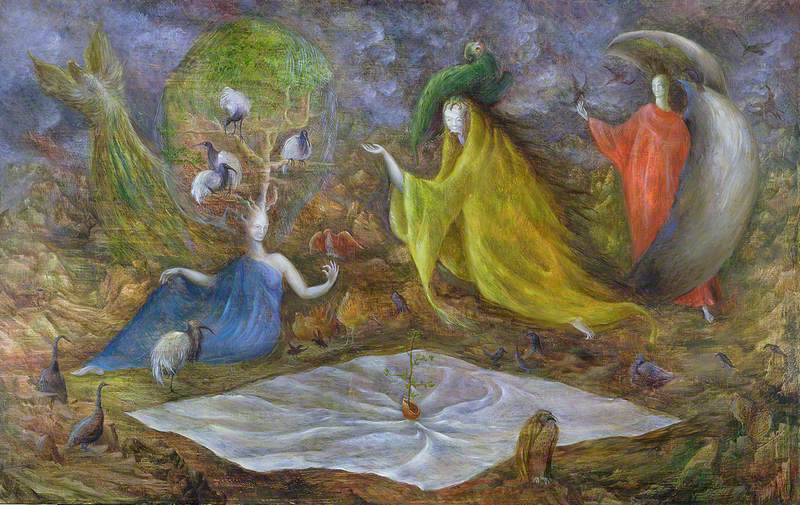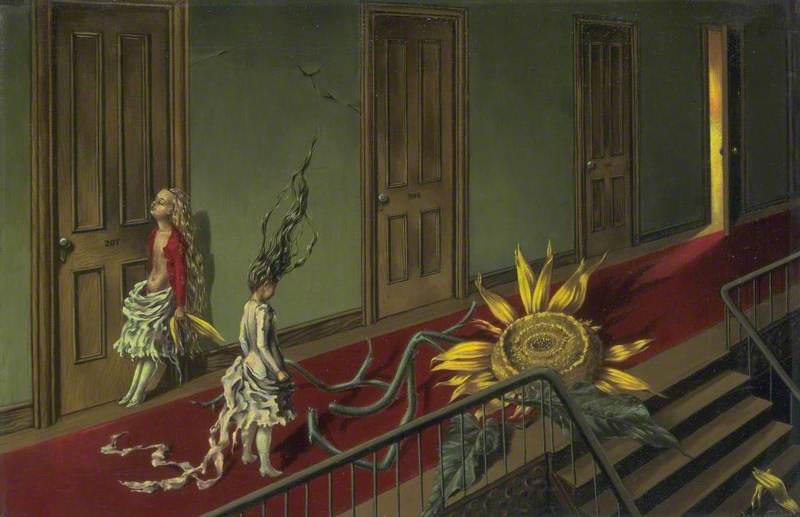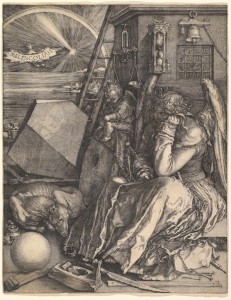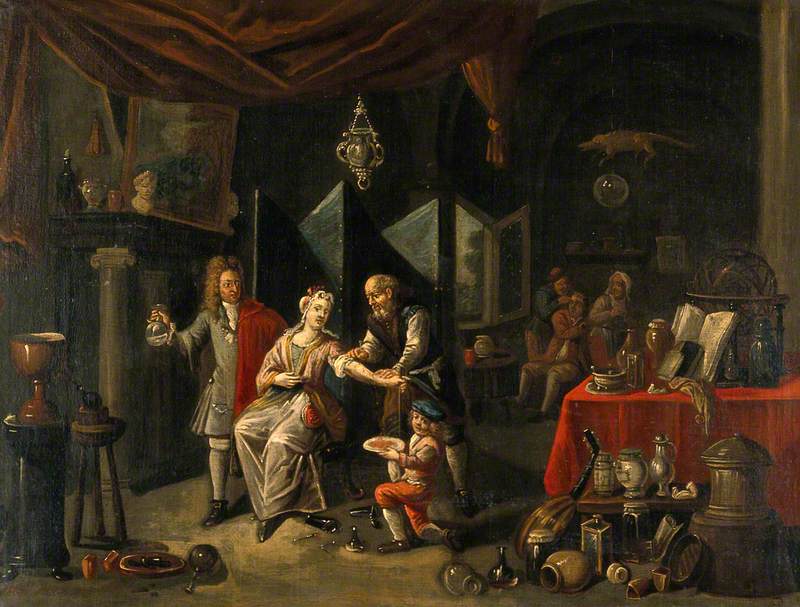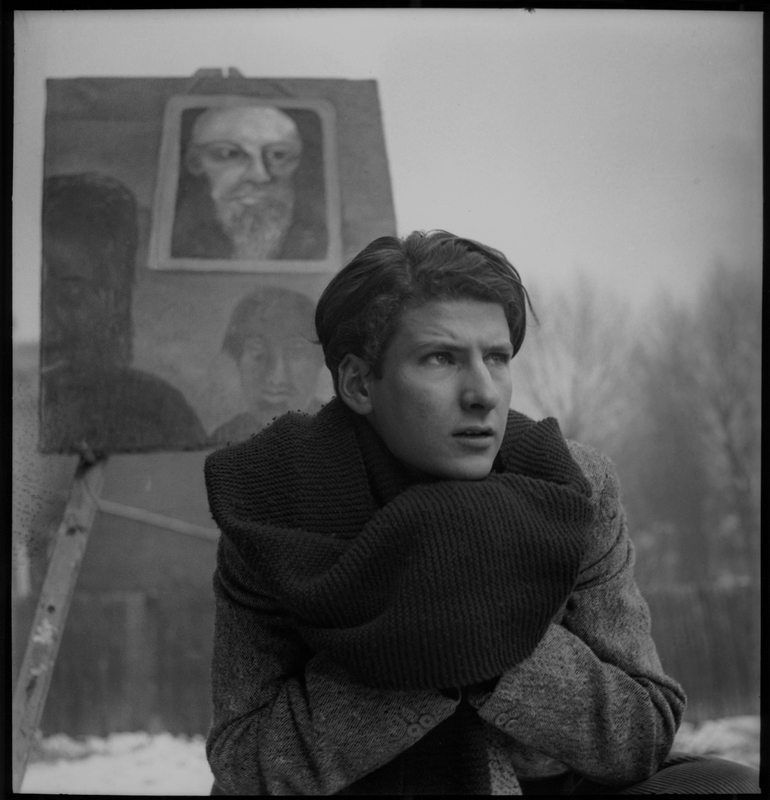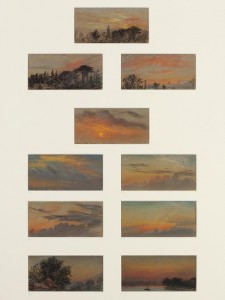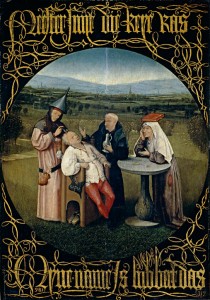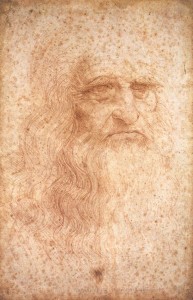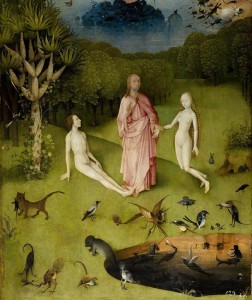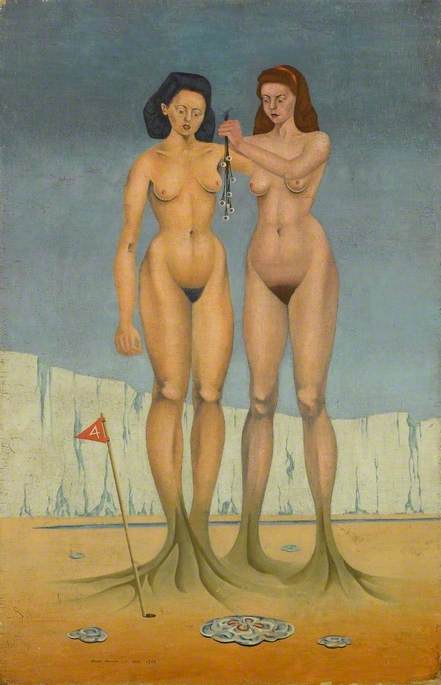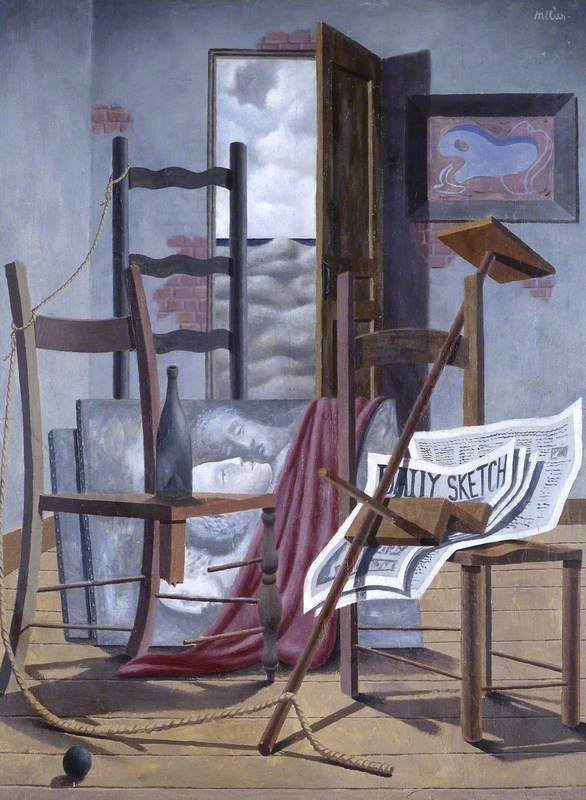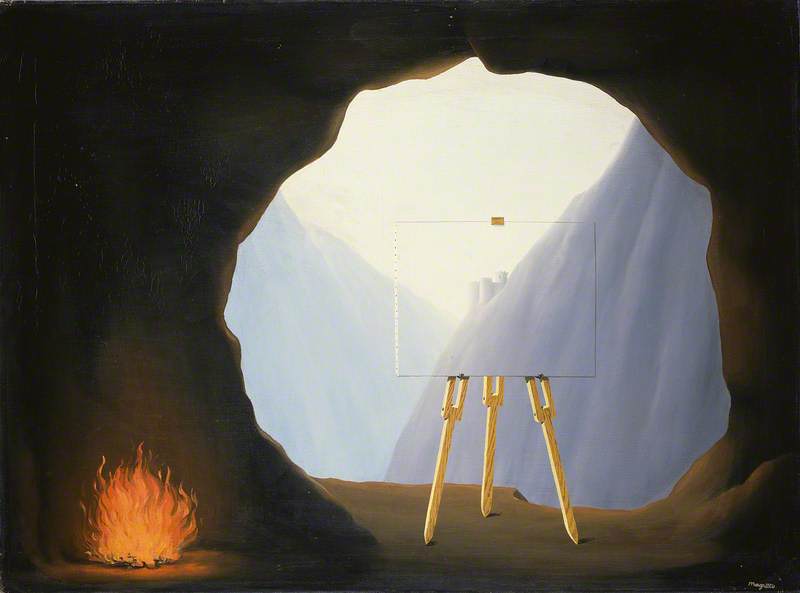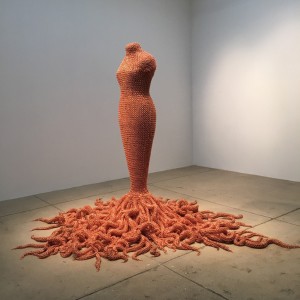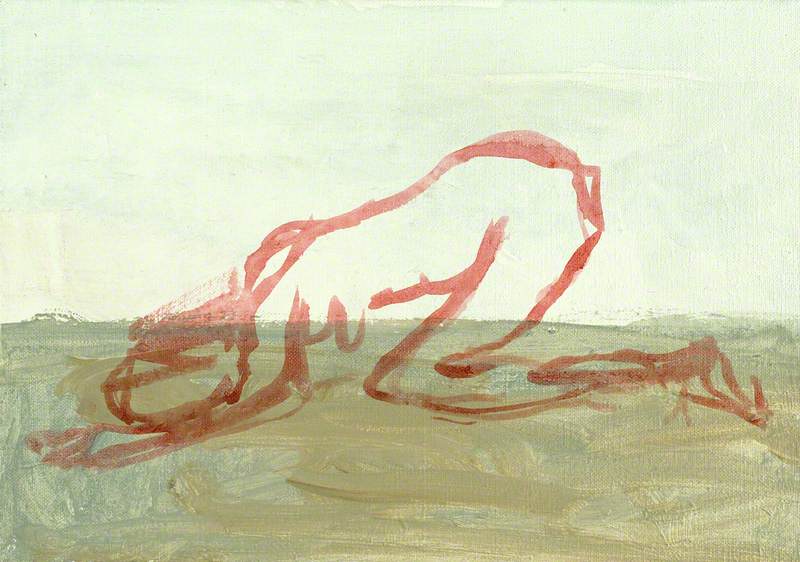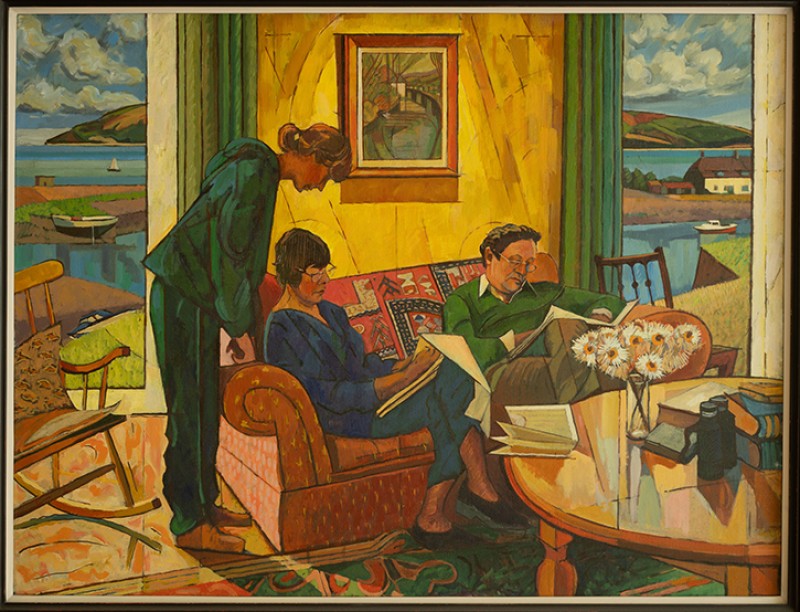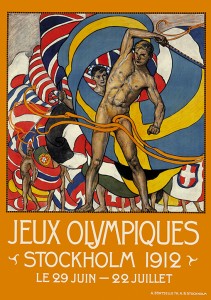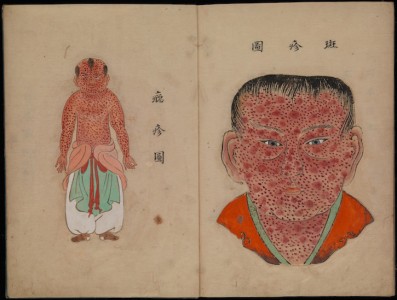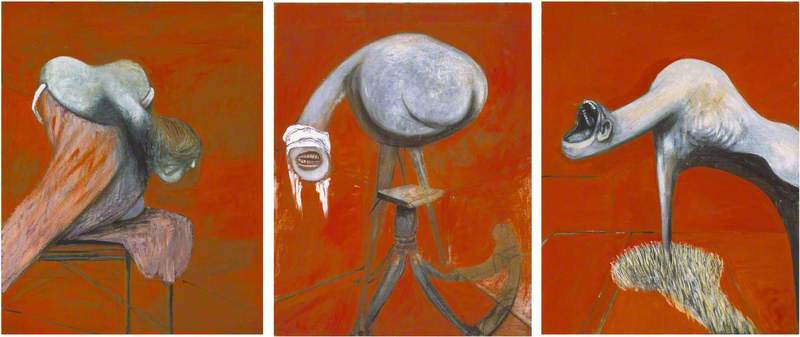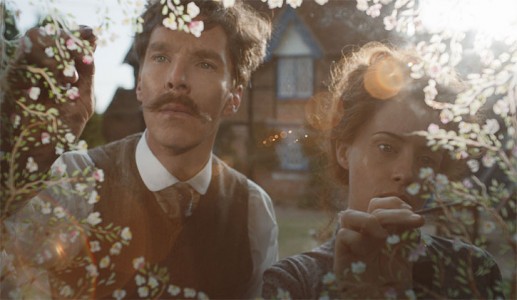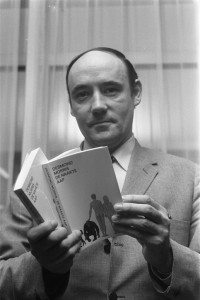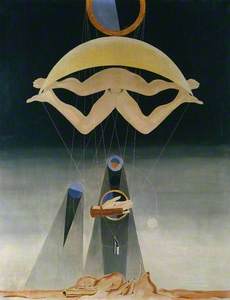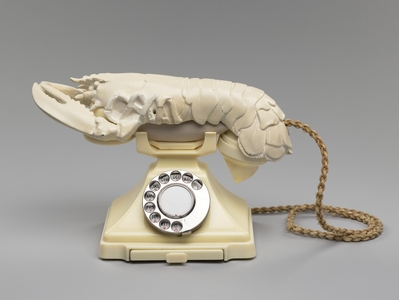Art Matters is the podcast that brings together pop culture and art history, hosted by Ferren Gipson.
Download and subscribe on Apple Podcasts, Stitcher or TuneIn
Have a lie-down on the couch as we delve into the fascinating and sometimes surreal connections between art and psychoanalysis. Psychoanalysis is a relatively young field of psychological theories that begins with one of the most famous names of the twentieth century: Sigmund Freud.
'Freud started the field of psychoanalysis based on learning to work with his own dreams', says Vanessa Sinclair, a psychoanalyst and host of the Rendering Unconscious podcast. 'Instead of seeing them as some sort of haphazard functioning the brain trying to discharge its impulses ... he started to see that they had meaning.'
Freud began to document and analyse his own dreams and his patients' dreams to find meaning, and he published his findings in his seminal work The Interpretation of Dreams. Though his initial research focused on dreams, Freud quickly began looking at similar processes that occur in our waking lives as well, through the ideas of the conscious and unconscious mind.
'There's something in your consciousness that's still aware of your external environment when you're asleep', says Vanessa. 'And when you're awake and conscious, there's still something going on in your unconscious [mind]. You have memories coming up throughout the day, based on what you're doing.'
The Virgin and Child with Saint Anne
c.1503, oil on poplar wood by Leonardo da Vinci (1452–1519) 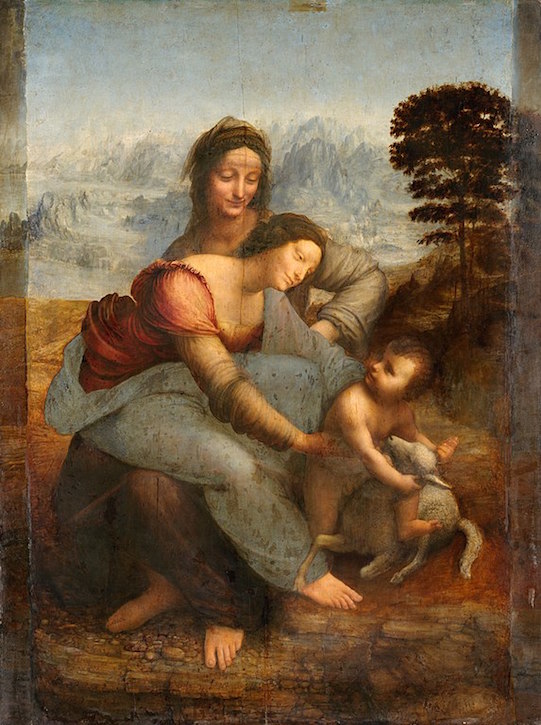
Throughout his research, Freud wrote about the arts, including a 1910 essay on Leonardo da Vinci, psychoanalysing the artist's paintings. In the essay, Freud writes about the Mona Lisa's mysterious smile and how the appearance of similar smiles in Leonardo's other work suggests some sort of fascination with the feature.
Freud also wrote about how Leonardo was first raised by his birth mother before living with his father and stepmother. Freud argues this experience of having two maternal figures presents itself in works like The Virgin and Child with Saint Anne, where we see the infant Jesus with Mary and her mother Anne. Freud notes that the mother and daughter appear similar in age, as Leonardo's mother and stepmother would have been.
'He took pieces of art apart as if they were a dream,' says Vanessa. 'He would look at all of the different symbols in a piece of art and try to figure out what other layers of meaning were in the art based on that – which art historians have done over time.'
Artists were aware of Freud's work, and the Surrealists were particularly interested in his studies. André Breton, a co-founder of the movement, had trained in psychiatry and techniques from psychoanalysis were thoroughly integrated in the Surrealist approach. Even Freud's grandson Lucian Freud would come to work in the Surrealist style towards the beginning of his career. They would read Freud and utilise some of his ideas and techniques to tap into their unconscious and dreams incorporate their findings in their work.
'They also used a lot of games, like games of chance or exquisite corpse. Tristan Tzara did the cut-up method', says Vanessa. 'They tried to short-circuit our conscious mind so they could get to more of what the unconscious processes were.
Exquisite Corpse (Cadavre Exquis)
c.1930
André Breton (1896–1966) and Nusch Éluard (1906–1945) and Valentine Hugo (1887–1968) and Paul Éluard (1895–1952) 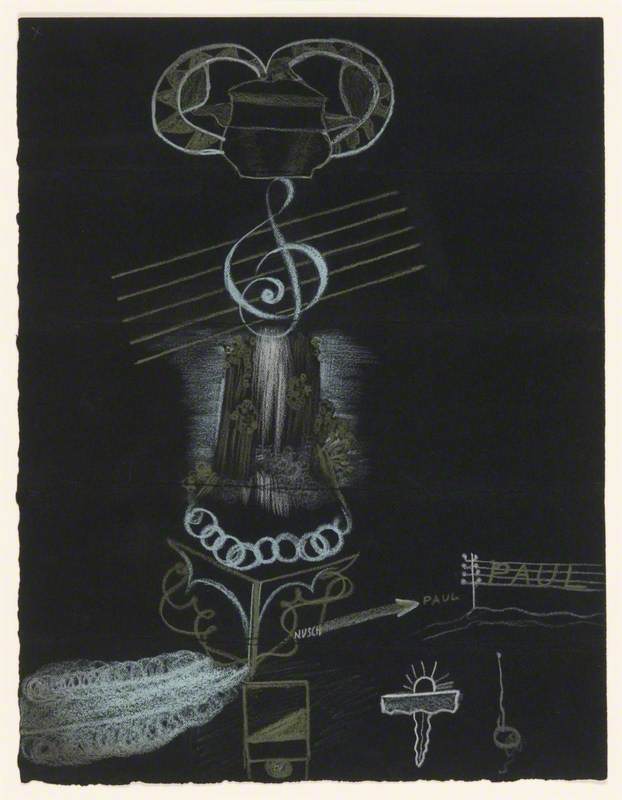
The exquisite corpse game is a lot less macabre than its name would suggest. The way it works is that one person writes a sentence or starts an image on a section of paper and folds it so that it's hidden. They then pass it to another person to carry on with that sentence or image without knowing what is on the paper, thus creating an abstract complete piece. On the Art UK website, you can find an example by André Breton that shows the mix-matched images that can emerge.
Salvador Dalí was particularly fascinated by Freud and read his work extensively. He's famous for the uncanny dreamlike quality of his work and first began experimenting with this style around the time that he read Freud's The Interpretation of Dreams. Dalí tried for some time to meet Freud and after his move to London, Dalí was finally able to sketch him and discuss the piece he was working on, Metamorphosis of Narcissus.
'He wanted to talk about narcissism with Freud ... and having doppelgangers or doubles in your life,' says Vanessa. 'He had an older brother that died in infancy that was also named Salvador Dalí, so he carried that with him throughout his life.'
Dalí was also an associate of Jacques Lacan, a French psychiatrist who emerged as a provocative voice in psychoanalysis from the 1930s. Lacan had many ties to artists and was even Picasso's therapist for a period. He was a lover and collector of art, and once owned Gustave Courbet's Origin of the World, which is a painting you can learn more about in our episode with the Vagina Museum.
The women of the Surrealist movement were often sidelined at the time, but I think they bring an important personal element to their work. We see artists like Dorothea Tanning, Frida Kahlo, Leonora Carrington and many others exploring themes of identity, personal relationships and sexuality.
From looking at examples like the Surrealists' use of automatic writing and the exquisite corpse game, we get an understanding of how the magic of an artwork can sometimes lie in the manner it was created. Psychoanalysis can offer interesting insight into the motivations and processes behind an artist's work, and these factors have changed over the centuries as artists moved towards creating art for art's sake.
'With the avant-garde artists from Freud's time until now, people have been able to express themselves more freely with their art and use their own minds and inner workings and dreams,' says Vanessa. 'People [are] working with their own internal experiences and trying to express that, rather than being so rigid.'
Listen to our other Art Matters podcast episodes

